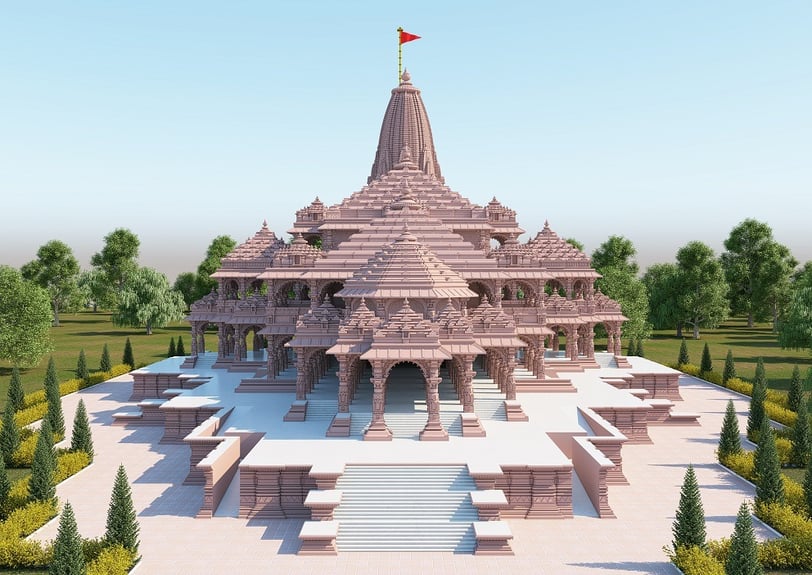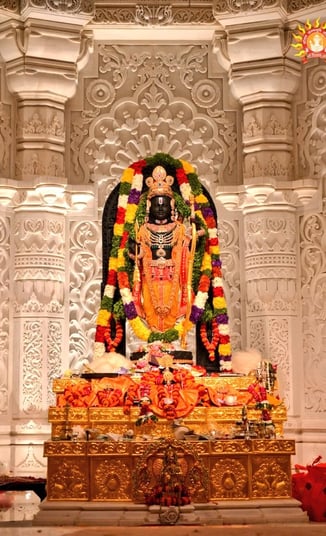Ram Janamabhoomi Temple
6/26/20252 min read


The History of Ram Mandir in Ayodhya
The Ram Mandir in Ayodhya is one of the most spiritually significant and historically complex religious sites in India. It is believed to be the birthplace of Lord Shri Ram, the seventh avatar of Vishnu, making it a deeply revered location for Hindus across the world.
According to ancient scriptures and the Ramayana, Ayodhya was the capital of the Ikshvaku dynasty and the birthplace of Lord Ram. The exact spot where he was believed to be born came to be known as Ram Janmabhoomi. Over centuries, it remained a site of pilgrimage and devotion.
Historical records suggest that a grand temple may have existed at this site long before the Mughal era. However, in 1528, during the reign of the Mughal emperor Babur, his commander Mir Baqi is said to have constructed a mosque known as the Babri Masjid at the site. This act was seen by many Hindus as a desecration of a sacred temple, and the belief that a Ram temple was demolished to build the mosque fueled centuries of dispute.
By the 19th century, tensions between Hindu and Muslim communities over access and control of the site began to intensify. A fence was built by the British to separate worship areas for both communities. While Hindus continued to worship at the outer courtyard, Muslims used the inner structure of the mosque.
In 1949, idols of Lord Ram were mysteriously placed inside the Babri Masjid, leading to widespread controversy. The site was locked by the government and declared disputed. Both communities laid legal claim, and the matter remained in the courts for decades.
On December 6, 1992, the Babri Masjid was demolished by kar sevaks, sparking nationwide riots and communal unrest. This led to numerous political, legal, and social repercussions. The site was taken over by the central government, and the issue reached the Supreme Court.
After extensive hearings, on November 9, 2019, the Supreme Court of India delivered its historic verdict: it awarded the disputed land to the Hindus for the construction of the Ram Mandir and ordered an alternate 5-acre plot in Ayodhya to be allotted to the Muslim community for building a mosque.
Following this, the Shri Ram Janmabhoomi Teerth Kshetra Trust was formed to oversee the temple’s construction. The foundation stone was laid by Prime Minister Narendra Modi on August 5, 2020. The temple’s architecture draws inspiration from ancient Hindu temple design, and the grand structure is expected to stand as a symbol of devotion, unity, and cultural heritage.
The Pran Pratishtha (consecration ceremony) of the idol of Ram Lalla took place on January 22, 2024, marking a new spiritual beginning for millions of devotees.
Today, the Ram Mandir stands not just as a religious monument, but as a testament to faith, endurance, and the cultural identity of India.


